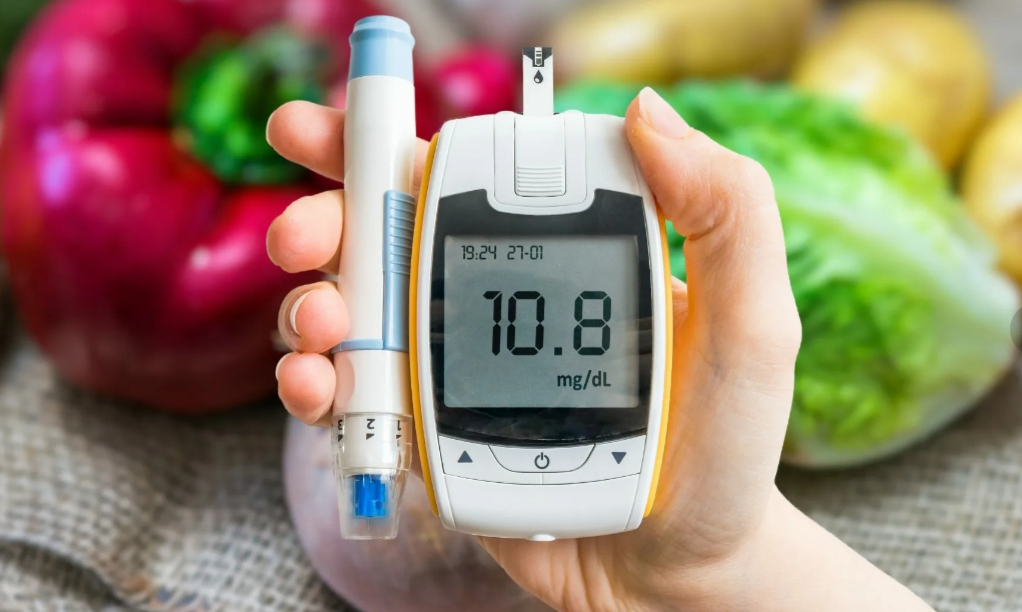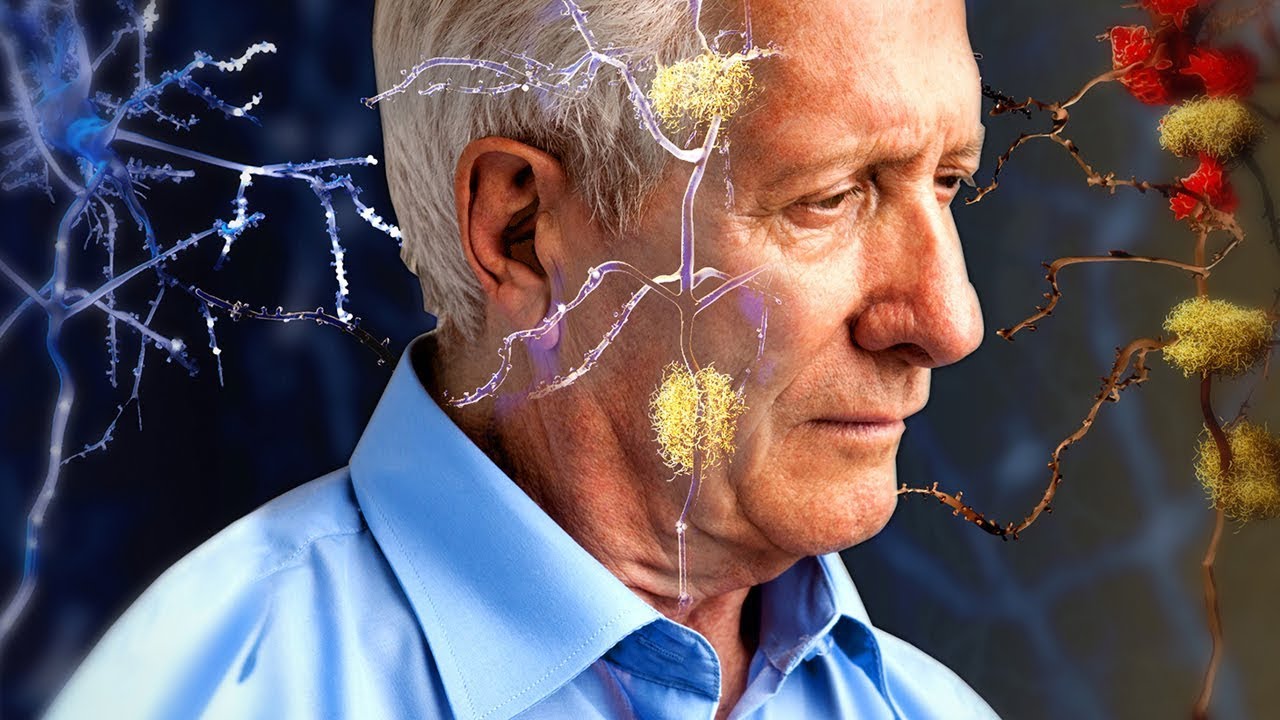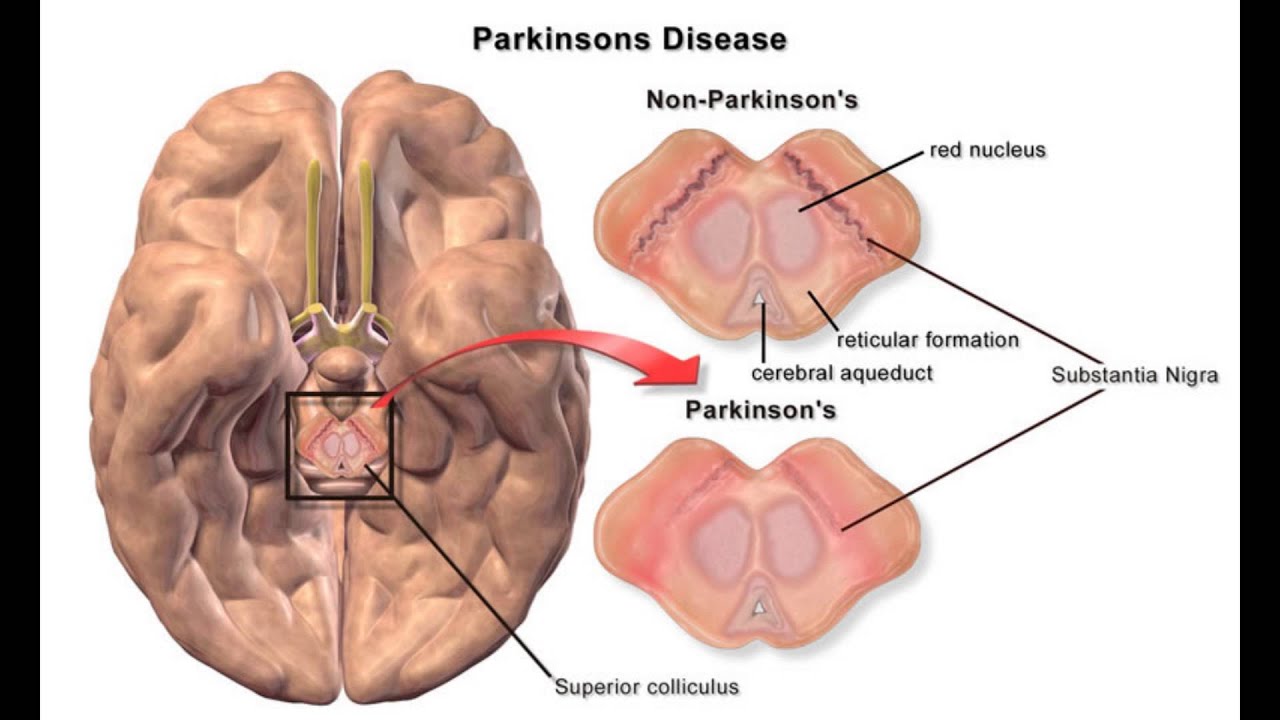What are the symptoms of diabetes?

Symptoms of diabetes can vary depending on the type and severity of the disease. Here are some common symptoms associated with diabetes:
Frequent urination: Increased urination is often one of the first signs of diabetes. This happens because excess sugar in the blood leads to the kidneys working harder to filter and absorb the glucose.
Excessive thirst: Increased urination can cause dehydration, leading to excessive thirst as the body tries to replenish the lost fluids.
Unexplained weight loss: In type 1 diabetes, the body is unable to produce insulin, resulting in the inability to use glucose for energy. This can lead to rapid weight loss, despite increased hunger and food intake.
Increased hunger: As the body cannot use glucose effectively, it can lead to constant feelings of hunger, even after eating.
Fatigue: The lack of glucose utilization by the cells can result in persistent tiredness and low energy levels.
Blurred vision: High levels of blood sugar can cause fluid to be pulled from the lenses of the eyes, leading to blurry vision.
Slow healing of wounds: Elevated blood sugar levels can impair circulation and damage nerves, inhibiting the body’s ability to heal wounds properly.
Frequent infections: Diabetes can weaken the immune system, making individuals more prone to infections, especially urinary tract infections, yeast infections, and skin infections.
Numbness or tingling in hands or feet: High blood sugar levels can damage nerves, causing tingling, numbness, or a burning sensation, predominantly in the hands and feet.
Recurring gum or skin infections: Diabetes can reduce the ability to fight bacteria, leading to an increased risk of infections like gum diseases or skin infections.
It’s important to note that some symptoms may overlap with other medical conditions, and not everyone with diabetes will experience all of these symptoms. If you are experiencing any of these symptoms or have concerns about diabetes, it is recommended to consult with a healthcare professional for proper diagnosis and treatment.



